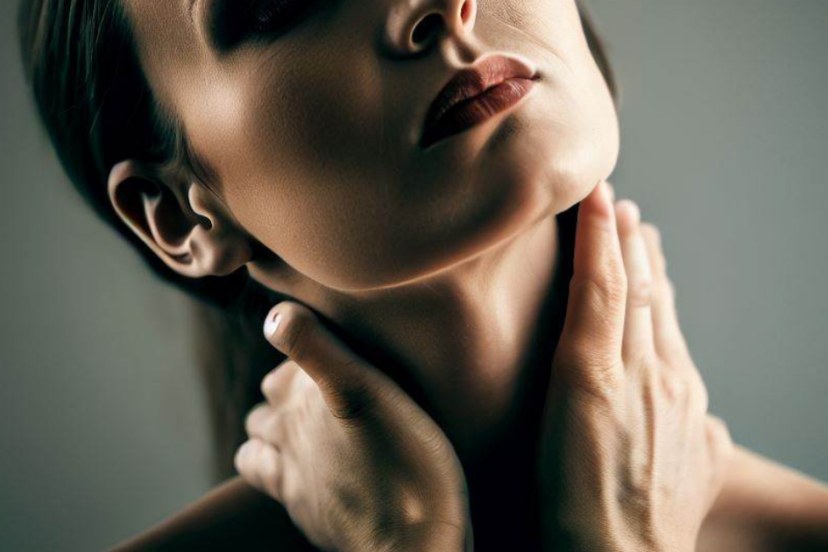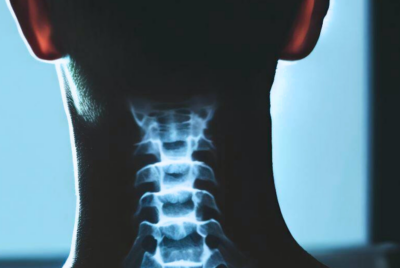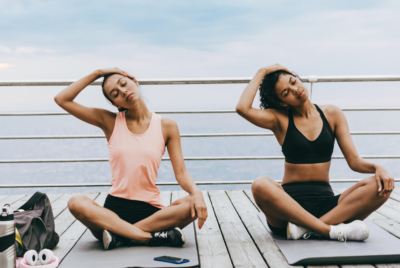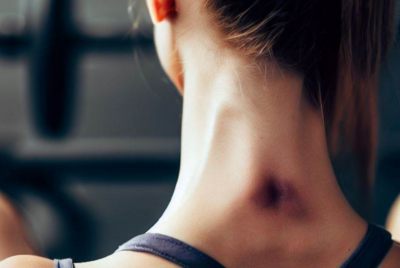I understand the frustration of dealing with a kink in your neck. Whether it’s caused by poor posture, muscle tension, or sudden movements, a neck kink can disrupt your daily routine and affect your overall well-being. In this article, we will explore effective techniques and strategies to get rid of a kink in your neck, providing helpful suggestions and reasons for their effectiveness.
Understanding Neck Kinks
Before diving into the remedies, it’s essential to understand what exactly a neck kink is. A neck kink refers to a sudden stiffness or tightness in the muscles of the neck, resulting in limited range of motion and discomfort. It can occur due to various factors, including muscle strain, poor posture, stress, or even sleeping in an awkward position and
waking up with neck pain.
9 Effective Techniques to Relieve Neck Kinks
1. Gentle Stretching and Range-of-Motion Exercises
One of the most effective ways to alleviate a neck kink is through gentle stretching and range-of-motion exercises. These exercises help to relax the tense muscles, improve flexibility, and restore normal movement in the neck. Simple exercises like neck tilts, side stretches, and rotations can provide relief when performed with proper technique and gradually increased intensity.
2. Heat and Cold Therapy
Applying heat or cold therapy to the affected area can help reduce pain and inflammation associated with a neck kink. Using a heating pad or taking a warm shower can promote blood circulation and relax the muscles. Conversely, cold therapy with an ice pack or cold compress can help numb the area and reduce swelling. Both heat and cold therapy can be used interchangeably based on personal preference and the stage of the neck kink.
3. Posture Correction and Ergonomic Adjustments
Addressing the root cause of a neck kink is crucial for long-term relief. Poor posture and ergonomic issues can contribute to muscle imbalances and strain in the neck. By maintaining good posture and making ergonomic adjustments to your workspace and daily activities, you can reduce the strain on your neck and minimize the chances of a kink occurring. Sit upright, adjust your chair and monitor height, and ensure proper alignment while working or engaging in other activities.
4. Massage and Self-Massage Technique’s
Massage, whether performed by a professional or self-administered, can be highly effective in relieving a kink in the neck. Professional massages help relax the muscles, increase blood flow, and promote healing. However, self-massage techniques can also provide relief. Gently kneading the affected area, using your fingertips to apply pressure, or rolling a tennis ball against a wall can help release tension and improve circulation.
5. Pain Management Strategies
While working on resolving a neck kink, managing pain is crucial to improve your comfort and well-being. Here are some pain management strategies to consider:
6. Over-the-Counter Pain Relievers
Over-the-counter pain relievers can help alleviate pain and reduce inflammation associated with a neck kink. However, it’s important to use them according to the recommended dosage and consult a healthcare professional if you have any concerns or underlying medical conditions.
7. Topical Analgesics
Topical creams or gels containing analgesic ingredients, such as menthol or capsaicin, can provide localized pain relief when applied directly to the affected area. These topical analgesics work by numbing the nerves and reducing pain signals. Follow the instructions on the product label and avoid applying them to broken or irritated skin.
8. Relaxation Techniques and Stress Management
Stress and tension can contribute to muscle tightness and exacerbate a neck kink. Incorporating relaxation techniques into your daily routine can help manage stress and promote muscle relaxation. Deep breathing exercises, meditation, and gentle yoga can all aid in relieving tension in the neck and promoting overall relaxation.
9. Prevention and Lifestyle Adjustments
Preventing future occurrences of neck kinks is as important as finding relief from the current discomfort. Consider the following lifestyle adjustments and preventive measures:
Regular Exercise and Physical Activity: Engaging in regular exercise and physical activity helps strengthen the muscles in your neck and improve overall flexibility. Incorporate exercises that target the neck, shoulders, and upper back to enhance muscle stability and reduce the risk of kinks.
Proper Pillow and Mattress Support: Investing in a pillow and mattress that provide adequate support for your neck and spine can help maintain proper alignment while you sleep. Choose pillows and mattresses that promote neutral spine positioning to prevent unnecessary strain on your neck.
Conclusion
Dealing with a kink in your neck can be both uncomfortable and disruptive to your daily life. By incorporating the techniques and strategies discussed in this article, you can effectively alleviate neck kinks and experience long-lasting relief. Remember to approach the remedies with caution, listen to your body, and seek professional medical advice if the symptoms persist or worsen.
FAQs
1. What causes a kink in the neck?
A kink in the neck can be caused by various factors, including poor posture, muscle strain, sudden movements, and sleeping in an uncomfortable position. To prevent neck kinks, it’s important to maintain good posture, practice regular neck stretches and strengthening exercises, and avoid prolonged periods of immobility.
2. How long does it take to get rid of a neck kink?
The duration to get rid of a neck kink varies depending on the severity of the condition and individual factors. Mild neck kinks may resolve within a few days with proper care and self-treatment. Exercises such as neck rotations, lateral neck stretches, and gentle neck massages can help alleviate the discomfort and promote faster recovery.
3. Are there any home remedies for relieving a neck kink?
Yes, there are several home remedies that can help relieve a neck kink. Applying heat or cold packs to the affected area, practicing gentle neck exercises and stretches, using over-the-counter pain relievers, and maintaining good posture can provide relief. Exercises like neck isometrics, neck tilts, and shoulder rolls can be beneficial in reducing muscle tension and promoting relaxation.
4. When should I seek medical help for a neck kink?
It is advisable to seek medical help for a neck kink if the pain persists or worsens over time, is accompanied by numbness or tingling in the arms or hands, or if there is difficulty in moving the neck. Additionally, if the neck kink is a result of an injury or accident, or if it significantly affects your daily activities. Consulting a healthcare professional is recommended for diagnosis and treatment.
5. Can stress contribute to the occurrence of neck kinks?
Yes, stress and tension can contribute to the occurrence of neck kinks. Stress often leads to increased muscle tension, which can affect the neck and shoulders. Practicing stress management techniques like deep breathing exercises, meditation, and gentle neck and shoulder stretches can help reduce stress levels and prevent the occurrence of neck kinks.
Remember, it’s essential to listen to your body and consult a healthcare professional if you have any underlying medical conditions or concerns. With the right approach and a proactive mindset, you can effectively manage and prevent neck kinks, promoting a healthier and more comfortable neck.
![Urban Health Hive]](https://urbanhealthhive.com/wp-content/uploads/2023/05/cropped-cropped-Health_Logo.png)



